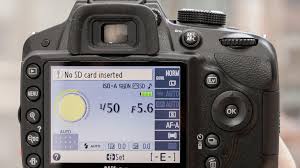Media techniques-Shot types
Extreme wide/establishing shot
This lets the audience sees the location and to set the scene for the audience .
Harry potter and the deathly hallows part two sets the scene as it lets people see the school in a slightly more eerie background and it lets the audience see what is going on .
Wide shot
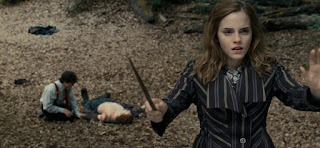
Show the whole of the person and the location around them and shows the audience what they are wearing .
Medium Shot
This is anything from the head to the waist down
Medium close up
This allows the audience to see the head and shoulders of the character.
Close up
Lets the audience interact with the characters as they can see the expressions and feelings on the characters face through particular scenes.
Extreme close up
This is where you only see the persons eyes and nothing else this lets the audience see what is going through the characters eyes and what they are thinking .
Two shot
This lets the audience see relationships between the two characters whether that is a loving realationship like these two characters in the picture or a violent relationship it lets the audience be able to be on the same level as the characters and their storylines .
Over the Shoulder shot
This shows two characters that are interacting with each other but it shows the audience who the character is looking at and what emotions they may be feeling .
Point of view
To show what the character is looking at and it helps to show the audience see what the character is doing in this situation .
High angle shot

Lets the audience see a character maybe looking weak and tells the audience what they look like and how scared the character looks in a particular scene.
Low angle shot
Lets the audience see how powerful a character is and it can be used to make a person look taller for example this camera shot was used to make Hagrid look taller than he usually is.
Tilted Angle
This is where the camera is put in a tilted position and it lets you how the panic in a characters eyes .
Birds eye view
This is where you hold the camera from above and focus on the character or on a building to set the location for the audience.
Pan
Pan angle is when you move the camera around so the audience can see the whole shot .
Tilt
This is where you film something whilst tilting the camera and this is used to create a slow and smooth motion of the camera
Crane
You put the camera on something like a tripod to get high angles and to draw the audience in more .
Zoom
When you zoom the camera in to get a more close up of the character or object and it helps to make the audience feel sympathy for the character
Handheld
This is where the camera is held by something like a tripod .
Foreground / Background
When coming up with a shot remember to keep in mind that the action in the foreground and the background.
Framing
Keep the rule of thirds in mind when coming up with your shot . The audiences eye is drawn to the crossections of the frame , this is where your action needs to be taking place . However this is not saying things can break this rule but normally it is just to create an dramatic effect .
Deep and shallow focus
Depth of field is a range of focus in an image and how much it comes across as being sharp and clear to the audience . In deep focus is the foreground , middle ground and background and where everything in the frame is in focus.
Shallow focus is a camera technique incorporating a small depth of field . In shallow focus is where the image is in focus while the rest is out of focus . Shallow focus is used to emphasize one part of the image over another .
Vladimir Propp - Character Codes
Vladimir Propp developed a character by studying media text and productions , he came up with 7 character types with 100 tales that he analysed.
The hero
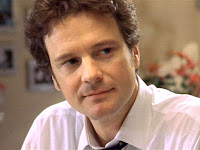
In most stories there is a major character with whom the audience will bond with more strongly and who is the main person who the story is based around.
The villain
The strongest contrast against the hero is a villain who finds it hard to directly go against the hero. The villain is usually bad , highlighting the goodness of the hero.

The princess
She might be an object who normally falls in love with the hero and normally gets caught by the villain then tells the hero where the villain was hiding her.
Character Types
The character types are based on old fashioned stories that can be remembered of by heart, for example it is very common for a female to be the hero role which could make a man play the princess / love interest role .
The helper
The helper supports the hero on his or her quest and the helper usually appears at any critical and dangerous moments to provide support .
The donor
The donor is a person who gives the hero something useful and
special for example a magical weapon or some particular wisdom .
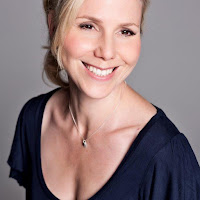
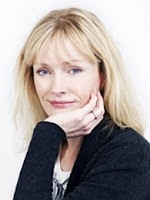 The Dispatcher
The Dispatcher
Usually has an early role in the story to send the hero on a mission.
The false Hero
A variant on the villain and then creates a complication on the plot . Their motives may be good at first but as the story goes on it soon becomes clear that they have the villains evil traits or they are maybe working for the villain .
The princess's Father
Lastly there is the princess's father he is the character who forbids the princess to do certain things and helps the hero on his quest to save the princess.














































